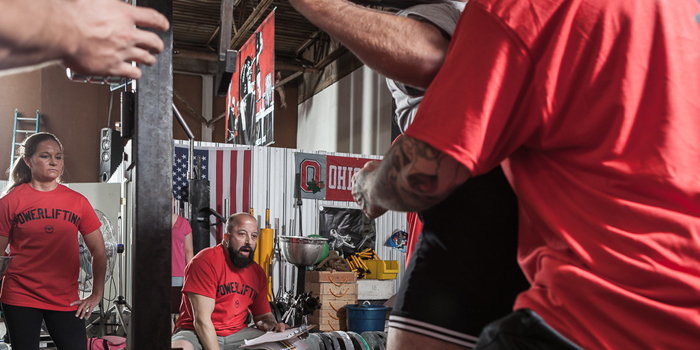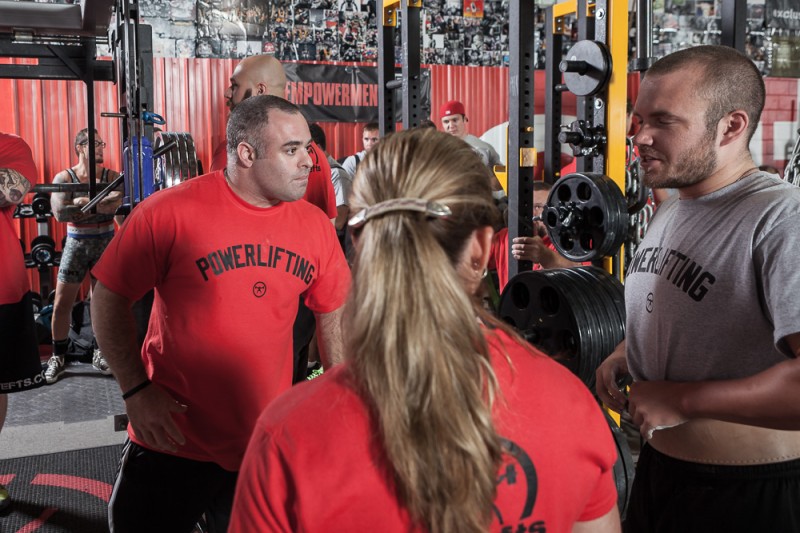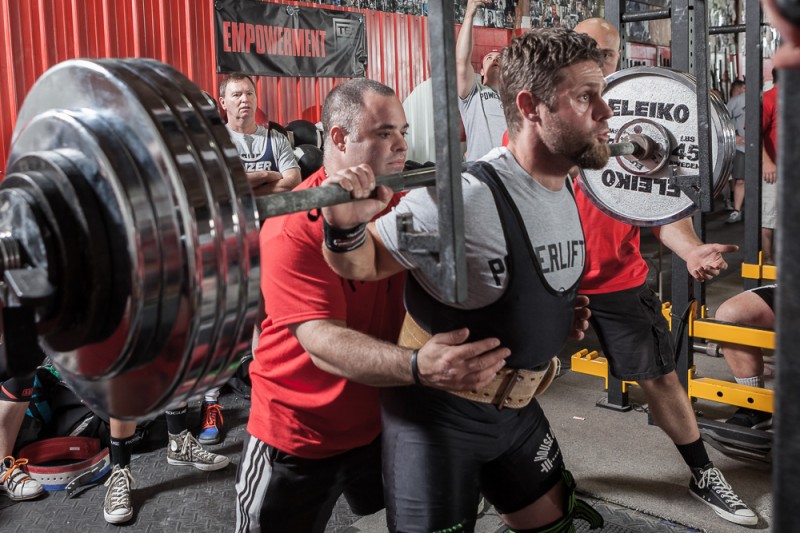
As a trainer or a coach, we understand that the biggest enemy to an athlete or client’s success is themselves. They may make excuses as to why they are not doing everything they can to reach the goals and that their genetics, job, spouse, family, monetary situation, food preferences, phase of the moon, etc., simply does not let them find success. We do everything in our power to help them, but the fact of the matter is, they merely do not want to help themselves.
RELATED: Why I Need to Make a Change — The Mental Challenge
So, how do we help them to help themselves? How do we become better coaches so that we can produce the best possible outcome for our clients or athletes when they are stuck in the mental weeds and standing in their own way of successful change?
Enter the five stages of change.
As I was getting my master’s degree in counseling, I managed to take away quite a bit of information regarding how people work and function within their own heads. I utilized this sort of information to become a better coach and I wanted to share some of it with you as well. It was always my plan to combine the mental health practices and experiences I have gained through graduate school with the physical side of strength and conditioning. I believe that for coaches to make the largest impact and the most permanent changes in our clients and athletes, we need to help them develop their minds and their ability to believe in themselves.

What I want to go over today are the stages of change. Now, before I explain this framework, a few things need to be understood. First, this is merely a framework, meaning that not every person will be going through these stages in this order and along this specific timeline. Not only that, but you may go back and forth between steps and stay in a few longer than others. I know that may seem confusing or ridiculous, but welcome to the world of studying the human brain. Have you ever read a scientific study? You will sit there and read science jargon for about an hour, only to find out that the results were inconclusive and they don’t have enough evidence to make any claim.
When you are dealing with matters of the mind and the human condition, you are often greeted with the fact that people, at the end of the day, are people, and will do things their own way on their own time. Not everyone will fit into this but it is important to understand that this is the basic and fundamental breakdown of the process of change. You have been warned and your results may vary.
So, before I explain the stages of change, I want to go over self-efficacy. Self-efficacy is defined as “people's beliefs about their capabilities to produce designated levels of performance that exercise influence over events that affect their lives. Self-efficacy beliefs determine how people feel, think, motivate themselves and behave” (Bandura, A. (1994). Self-efficacy. In V. S. Ramachaudran). In other words, self-efficacy is how much or how little we believe in ourselves to perform or produce well in certain situations. It runs close to the definition of self-esteem, but think of self-efficacy as more action-driven and having more to do with how we see ourselves performing rather than what we believe our self-worth is or what we think we deserve.
Self-efficacy also refers to our beliefs in how we will act if faced with negative factors that could hinder or act as detriments to our decision to change. An example of this would be how we would act if invited to your mom’s house for a pasta dinner when you know you are trying to stick to a reduced carb diet. High self-efficacy would mean that you are confident in your ability to stick to the salad and meats while you are there, and feeling comfortable in your willpower. A low self-efficacy would mean not going because you do not think that you would be able to stick to your eating plan in the face of such pressure. You don’t have the confidence in yourself or your behavior to handle the situation. As with working out and lifting weights, our self-efficacy can be strengthened. We gradually increase our exposure to situations that would test our resolve, and by doing so we increase our ability to stick to our beliefs and thus strengthen our ability to hold to our decisions to change.
So now that you understand self-efficacy as the driving force behind creating a change, let’s go over the stages you or your clients may through when actually changing a behavior.
Stage 1: Precontemplation
Precontemplation is when a person is not thinking about changing at all. They do not see a problem with their behavior and have no reason to change it. In fact, people may defend the behavior to others. This stage of change is absent of any reason, want, desire, or thought of changing anything. If we are going to stick to the dieting example, an obese person in precontemplation would be one that still goes to McDonald's several times a week, stating that they are as “healthy as an ox” and that their metabolism will take care of them. They do not have any intrinsic or extrinsic motives to change that behavior now.
Stage 2: Contemplation
A little further down the road and you arrive in contemplation. This is the stage where a person is starting to weigh out the pros and cons of their habit and thinking about what it would be like to live without it. This is purely a stage that occurs in the mind, as the person is merely thinking about “maybes” and “what-ifs” in their lives. To continue with our example, if a person were to start wondering what it would be like to lose a few pounds, or starting to think about their food choices a little bit before committing to them, then they would be in the contemplation stage. This stage does not contain any action toward change.
Stage 3: Preparation
Preparation is exactly as it sounds: the person has found the motivation to change a behavior and they are doing research and finding out the best route for them to reach their goals. They are beginning to become pulled into action little by little and they are taking the time to understand what it takes to reach their goals and become the person they want to be. They are starting to see themselves as being able to begin the process that happens next and the self-efficacy is beginning to develop more and more.
Stage 4: Action
This is it. Action is where the person has started to overtly and intentionally change a habit. This is the most difficult part of a change because it relies heavily on a person’s willpower and ability to not fall back into the rut of their former behavior. During this stage, people tend to be the most receptive to help and finding assistance. They want to make sure they have the right tools and support structures in place so that they make the right decision when faced with pressures and situations that may lead them to slip up.
Stage 5: Maintenance
This is where we all strive to be when it comes to behavior change. The maintenance stage is when we are aware that we could slip up, but due to our increased knowledge of how our bodies and mind work—and with the help and support structures that we have in place—we are confident that it will not happen. This is the point at which the new behavior has become routine, and we are constantly being reminded of how far we have come and how meaningful and worthwhile the change is to our lives. This is the best part of change because you have put in all the hard work and are just working on maintaining it and enjoying the fruits of your labor. This is the end goal. This is the success story we all want.
So how do you take this information and help your clients or athletes?
Well, with this basic framework you can better understand how likely your clients are to stick to a program or diet, as well as where they might be in the behavior change process. This is simply a way of getting more data about your clients or athletes to better serve them in reaching their goals. The more we understand about how the person thinks about themselves and the goals they have for themselves, the better we can be at putting ourselves in a place to benefit them.
References
- Bandura, A. (1994). Self-efficacy. In V. S. Ramachaudran (Ed.), Encyclopedia of human behavior (Vol 4, pp. 71-81). New York: Academic Press. (Reprinted in H. Friedman [Ed.], Encyclopedia of mental health. San Diego: Academic Press, 1998).











2 Comments